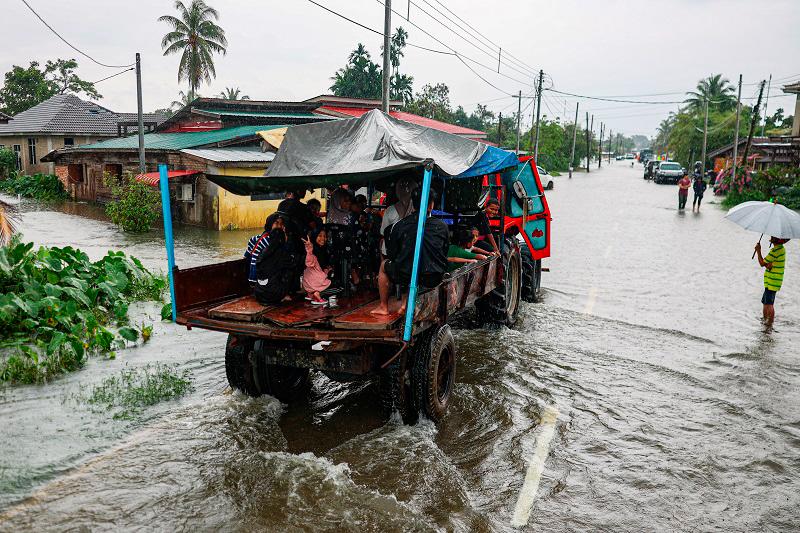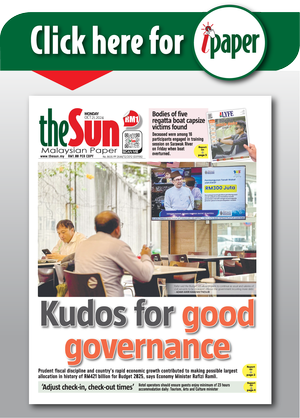KELANTAN: When Kelantan state Exco member Datuk Kamarudin Md Noor recently suggested rethinking the Northeast monsoon season as an opportunity to attract tourists, it sparked widespread public criticism, with many calling the idea of inviting tourists to flooded areas “insensitive and irresponsible”.
Kamarudin later clarified that he did not propose using devastating floods as a tool to promote tourism but rather suggested turning the monsoon season itself into a tourist attraction.
Among his ideas were organising a monsoon food festival featuring traditional Kelantanese dishes, such as freshwater fish delicacies and snacks made from tubers and rice, and introducing surfing activities – taking advantage of the higher waves during the monsoon season that are ideal for the sport.
Universiti Teknologi Mara Selangor Professor of Tourism Economics Dr Mohd Hafiz Hanafiah said Kamarudin’s suggestions were not entirely far-fetched and pointed to Kerala, India, as an example.
Kerala successfully markets its monsoon season as a tourist attraction.
“Kerala offers unique experiences like ‘monsoon rejuvenation’ packages at Ayurvedic spas and showcases the beauty of rain-fed landscapes. This approach highlights the positive aspects of seasonal water abundance rather than disaster-related experiences.
“However, Malaysia’s monsoon conditions differ significantly. The Kelantan monsoon season is often destructive, and suggesting it as a tourist attraction appeared insensitive, which explains the public backlash. By contrast, Kerala’s monsoon is primarily scenic,” said Mohd Hafiz.
While Kamarudin’s ideas aim to boost Kelantan’s tourism during the off-season, Mohd Hafiz said such plans must be approached with caution.
He suggested leveraging tourism to educate the public on climate change, disaster preparedness and sustainable recovery efforts.
“Instances such as Venice’s annual acqua alta floods occasionally attract visitors but tourists come primarily for the city’s heritage, not the floods themselves. Visitors are intrigued by how Venice adapts to periodic flooding, but the focus remains on the city’s cultural charm, not the phenomenon,” he said.
He noted that while the acqua alta phenomenon has become part of Venice’s story, it is not marketed as a “flood attraction”.
Mohd Hafiz said should Kelantan pursue monsoon-related tourism, it should first define safe zones for tourists.
It must also regularly monitor weather and water levels, and come out with emergency preparedness plans.
The Malaysia Tourism Agency Association (MATA) president Datuk Dr Mohd Khalid Harun expressed concerns about promoting the monsoon season for tourism.
“I doubt that people in areas devastated by the monsoon would be willing to host visitors for entertainment purposes while they are in urgent need of aid and assistance. It is crucial to inform tourists about the risks associated with monsoon packages. It is also unlikely that insurance companies would provide coverage for such tours,” he said.
He emphasised the importance of prioritising the well-being of local communities and ensuring tourists are fully informed before making travel plans.
Mohd Hafiz said while Kamarudin’s push to rethink the monsoon season for tourism is bold and unconventional, disaster-related tourism must be approached responsibly and not treated as pure entertainment.
“Although it is an unconventional idea worth exploring, monsoon season tourism demands a balanced approach that focuses on recovery efforts and sustainable planning. However, the initiatives must not detract from the primary goal, which is to prioritise the safety and well-being of those impacted by disasters.”









